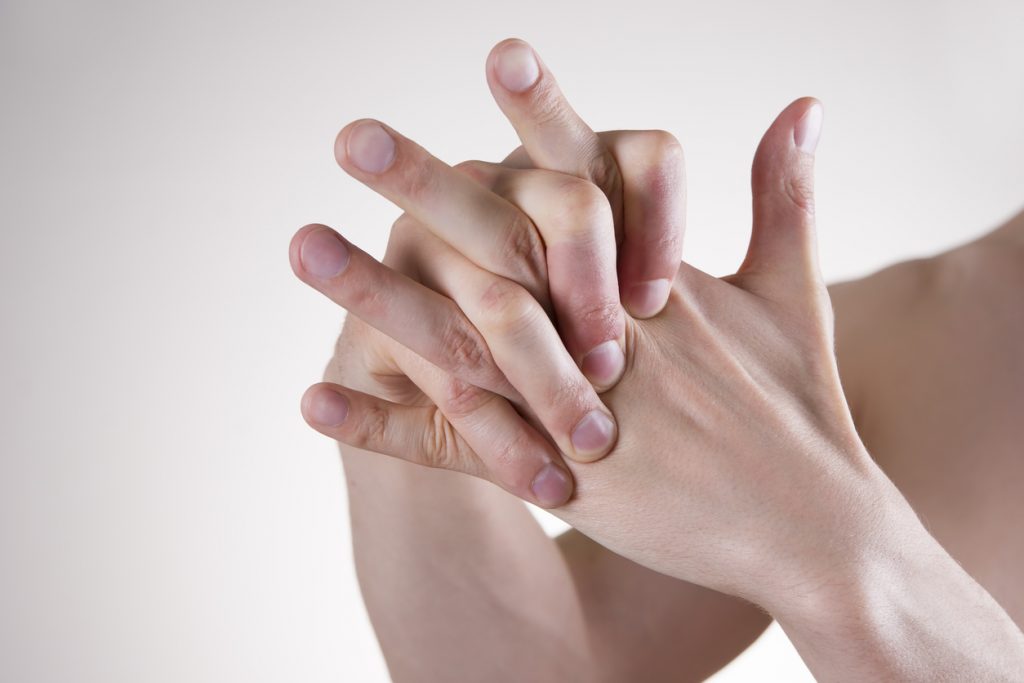The Reason Why Cracking Knuckles Make That Noise
Scholarly papers have been published for more than 50 years on the topic of cracking knuckles in an attempt to find out why the gesture creates that specific sound
Back in 2015, Greg Kawchuk of University of Alberta, together with collaborators, used an MRI scanner to record what is actually happening in the finger of a frquent knuckle-cracker. Their discovery has given the most probable explanation for the sound that comes out as a result of the gesture.
The knuckle is full of fluid, and where the two bones of the finger meet is a small lake of synovial fluid that makes sure they don’t grind on each other. Moreover, there is gas dissolved in the fuild, mostly carbon dioxide, that usually stays there. Whenever the bones are pulled away from each other, a sudden drop in pressure occurs in the middle of the joint. Lower pressure lets the gases come together, forming bubbles. The research suggests that the collapse of such structures is the reason behind the noise that many people dislike.
Moreover, researchers also said that the bubble generated a pressure wave inside the fluid, which is, in fact, responsible for the sound. Even so, they don’t know for sure how that wave can be so powerful that it creates the sound.
Professor of biomechanics Abdul Barakat from the Ecole Polytechnique in France and Vineeth Suja, a master’s student, came across the 2015 paper and grew interest in the matter. They took things to the next level and created a simplified mathematical model of a joint with a bubble in it in order to see if it could produce a sound of that magnitude. Eventually, they compared the sound in their model with the actual sound of people cracking their knuckles.
They discovered that the sounds from their model would actually have the volume and frequency to match the real sound.
“You don’t need full bubble collapse for the sound to be generated,” said Dr. Barakat. “All you need is partial collapse.”
Source: nytimes.com







